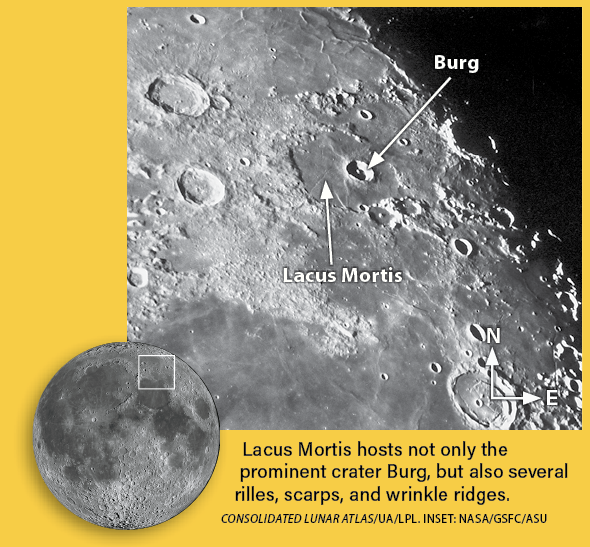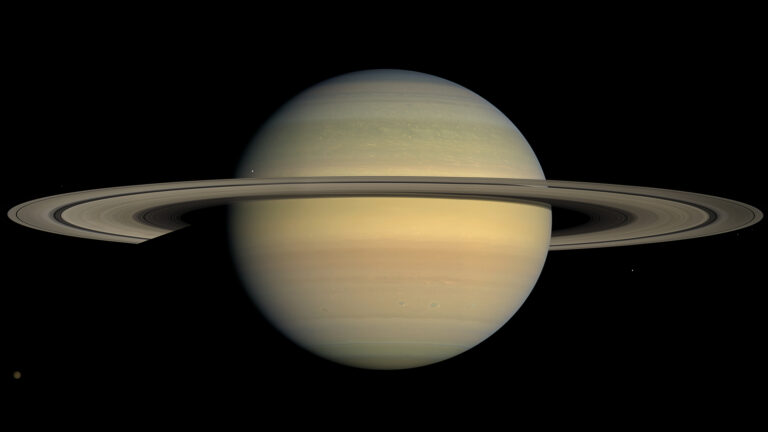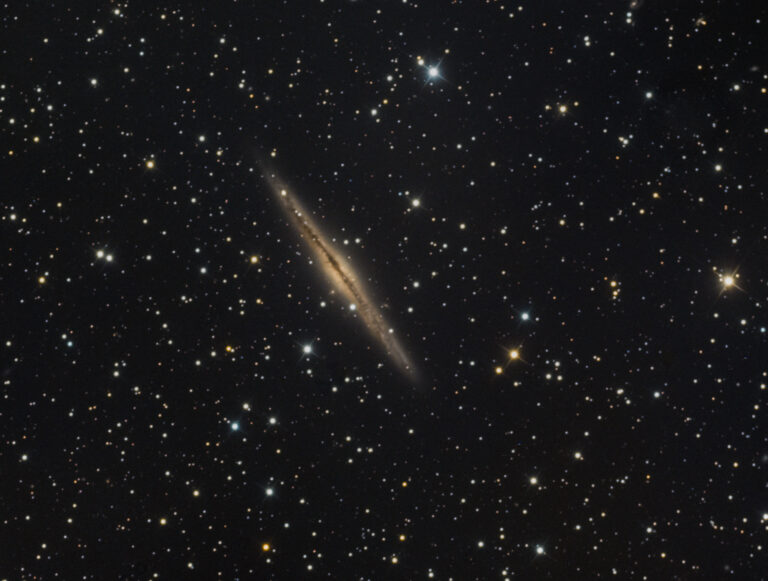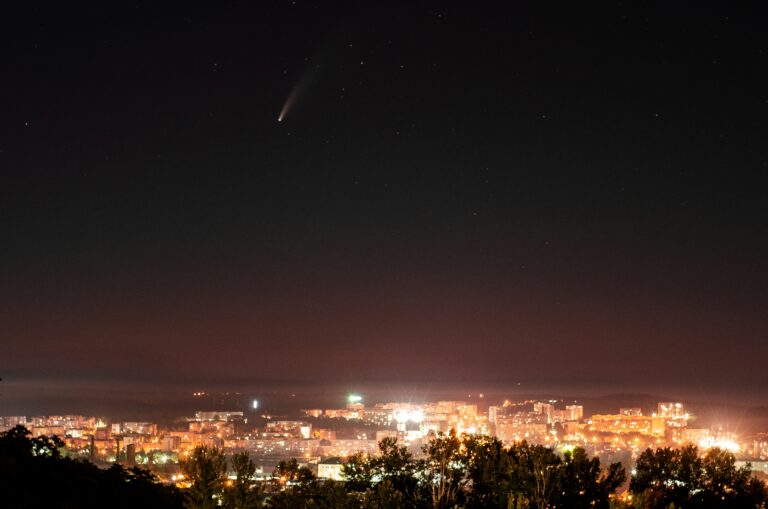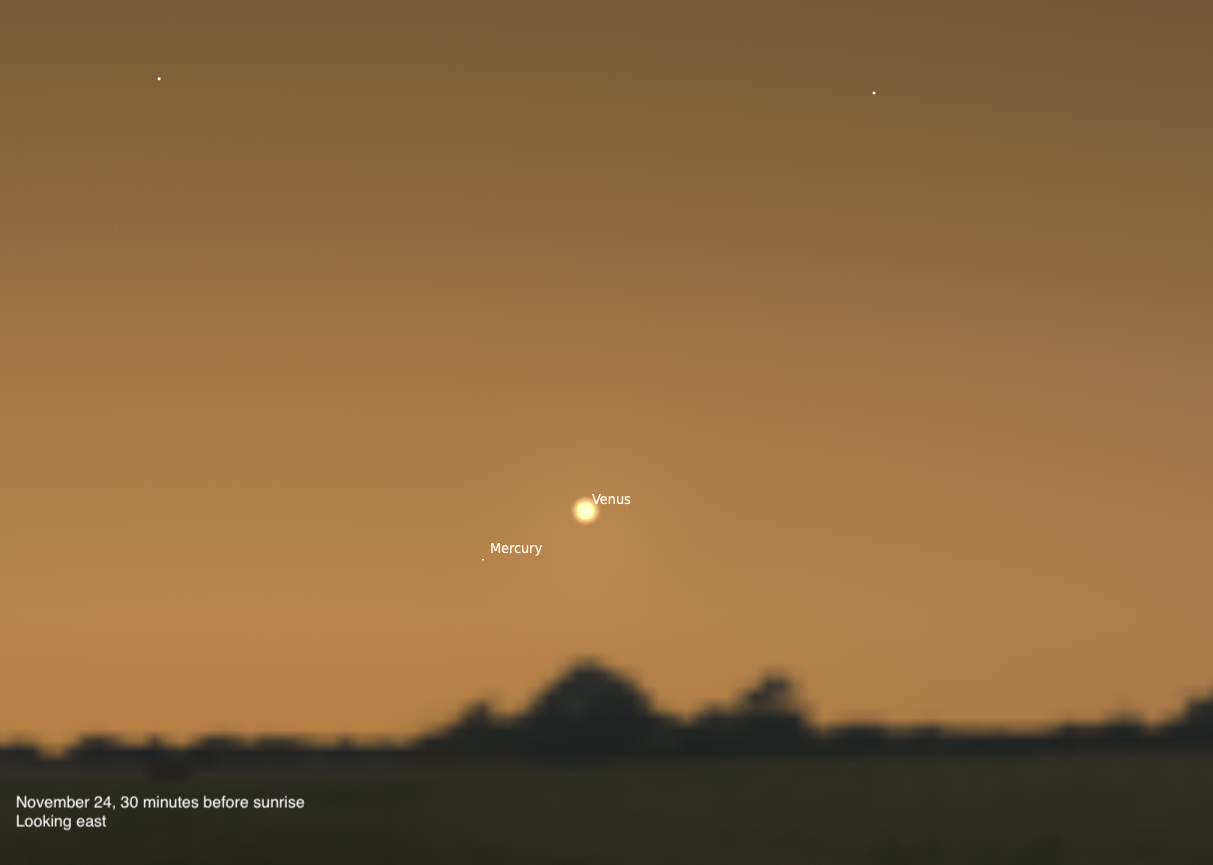
Key Takeaways:
- On November 23, 2025, Venus (magnitude –3.9) and Mercury (magnitude 2.9) will be observable in the predawn eastern sky, separated by 1.5 degrees, with binoculars recommended for Mercury due to its lower brightness.
- Initially, Mercury will be positioned to the lower left of Venus; telescopic observation will reveal Mercury as a 9-arcsecond disk with 7% illumination, while Venus will present a 10-arcsecond disk with 98% illumination.
- A close celestial approach, with Mercury passing 1.1 degrees north of Venus, will occur at midnight EST on November 23, followed by Mercury shifting to 1.4 degrees to Venus's upper left by November 25, appearing brighter at magnitude 2.1.
- For observer safety, all optical aid should be discontinued several minutes before local sunrise; comprehensive astronomical timings, including sunrise, sunset, moonrise, and moonset, are provided for 40° N 90° W, along with a 21% waxing crescent Moon phase.
Looking for a sky event this week? Check out our full Sky This Week column.
November 23: Spy the Silver Sliver
Venus and Mercury stand separated by 1.5° in the early-morning sky, visible in the east about half an hour before the Sun rises. The catch is that while bright magnitude –3.9 Venus is readily spotted with the naked eye, Mercury is only magnitude 2.9 and will need binoculars to spot.
This morning, Mercury is located just to the lower left of Venus. Above them are Alpha (α) and Beta (β) Librae, fading quickly in the growing twilight. The two planets will rise as sunrise approaches, but the sky will also brighten accordingly.
If you have a telescope, you can view the planets’ disks as well. Mercury shows off a 9”-wide disk, of which only a thin crescent is illuminated, just 7 percent lit. Venus’ disk is only a little larger — 10” — but shows the opposite phase, a gibbous that is nearly fully illuminated at 98 percent lit.
Make sure to put away any optics at least several minutes before sunrise from your location, which may differ from the time given below.
Mercury will pass 1.1° north of Venus at midnight EST tonight.
Sunrise: 6:56 A.M.
Sunset: 4:37 P.M.
Moonrise: 10:55 A.M.
Moonset: 8:05 P.M.
Moon Phase: Waxing crescent (21%)
*Times for sunrise, sunset, moonrise, and moonset are given in local time from 40° N 90° W. The Moon’s illumination is given at 10 P.M. local time from the same location.
If you step outside tomorrow morning (the 25th) at the same time (30 minutes before sunrise), Mercury will stand 1.4° to Venus’ upper left and appear slightly brighter, at magnitude 2.1.



